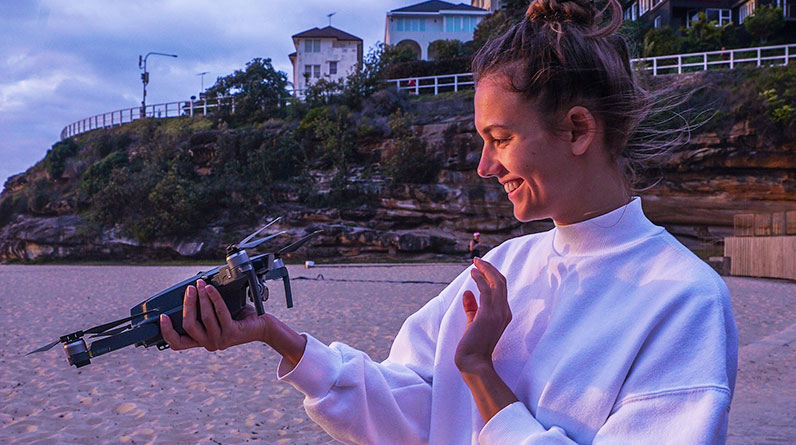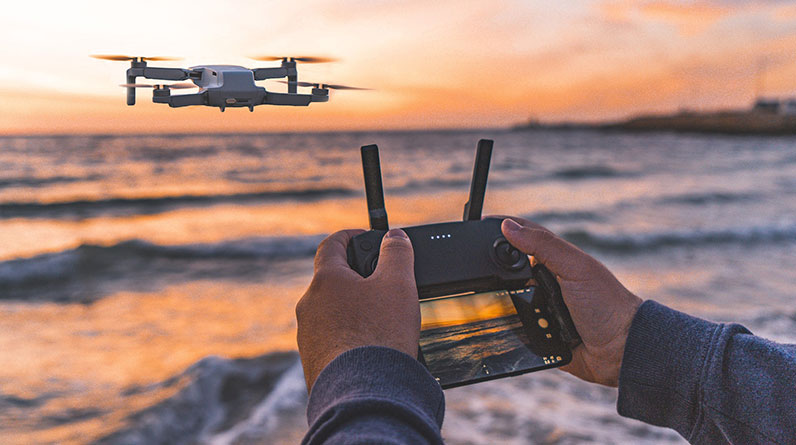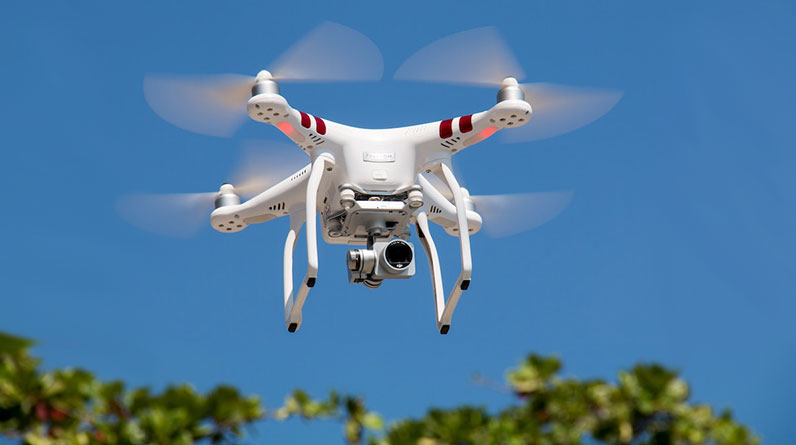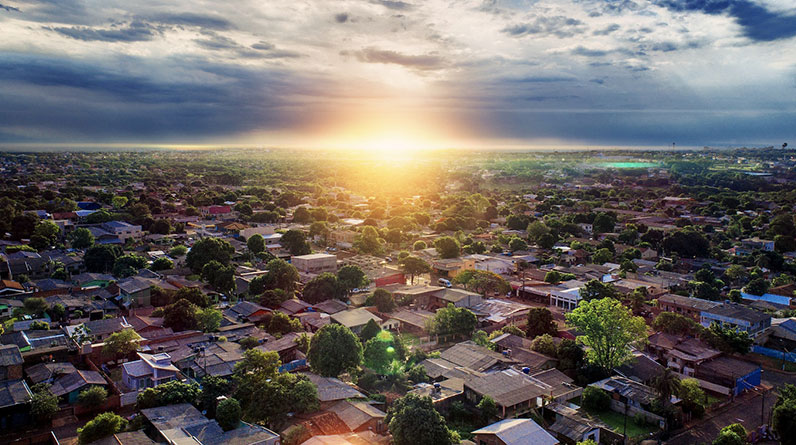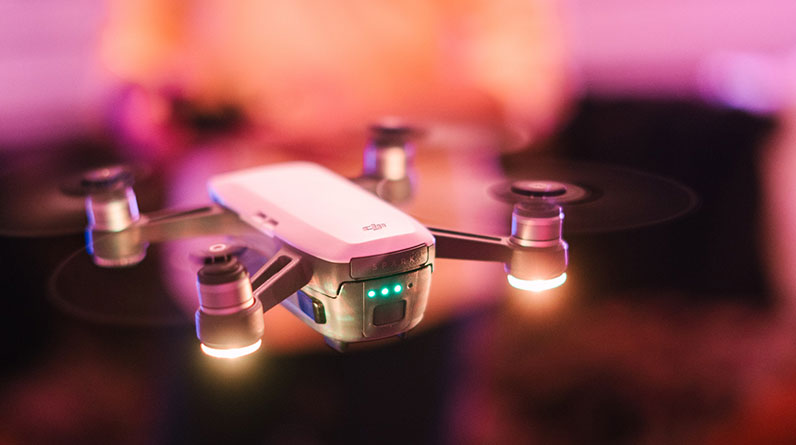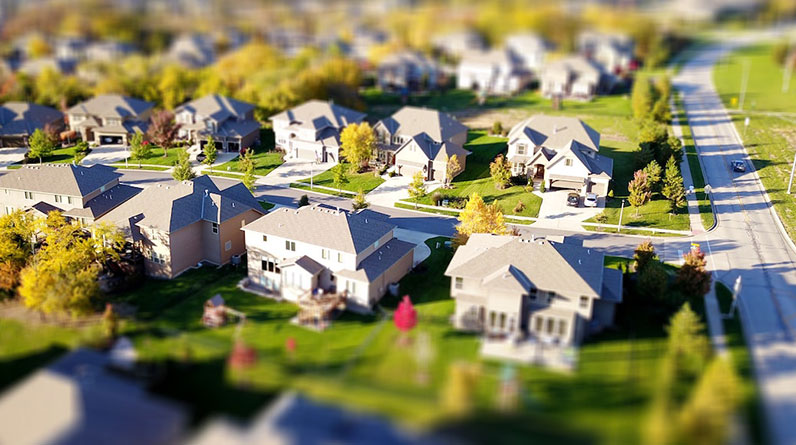
Capturing Aerial Shots
The newest and most advanced drones for aerial photography use the latest in camera technology. They also offer a range of new shooting options that are unique to drones.
Whether you are a beginner or an experienced photographer, using a drone to capture aerial shots is an exciting and unique way to improve your work. Here are some tips to help you get the most out of your drone.
Stabilization
Whether you are an experienced photographer or a beginner, taking beautiful aerial shots requires careful planning and skillful flying. It is also important to understand the technical aspects of drone photography, such as flight modes, camera settings, and frame rates.
One of the most essential aspects of capturing high-quality aerial photos is stabilization. Image stabilization technology has improved drone cameras by reducing the effects of camera shake and vibration, resulting in sharper and more detailed images.
There are three types of image stabilization: mechanical, electronic, and optical. Each of these types can have different advantages and disadvantages, so it is important to choose the best type for your specific needs.
Stabilizing your camera is essential for capturing beautiful aerial photos, and many of the top drone models offer this feature. It is a great way to take stunning images that have a professional look and feel, while also saving you time and money on post-processing.
Another benefit of stabilization is that it can reduce the effects of turbulence and wind, allowing you to capture beautiful shots even in difficult conditions. However, it is still advisable to avoid shooting during strong winds, as this can cause your camera to lose its stability and produce blurry footage.
You should also consider the lighting when capturing your aerial shots, as this can affect how they look. For example, the golden hour (the first and last hours of sunlight in a day) is a good time to shoot because it produces soft light that looks more natural.
It is a good idea to use a manual white balance and lock your exposure, as these settings ensure that you don’t get constant brightness shifts between shots. Using this technique will also make your video footage more accurate and consistent, so it’s worth trying out.
Finally, it is a good idea to use a wide-angle lens for your drone’s camera. This will allow you to get a wider-angle view of the subject and provide more room for compositional adjustments.
Whether you are an amateur or an expert photographer, capturing amazing aerial shots is a rewarding experience. With a little practice and dedication, you will be able to start capturing breathtaking photos from high above in no time.
Cameras
Aerial shots are a powerful tool for any business or organization. They can show viewers what a location looks like from a different perspective and help showcase what the property has to offer. They can also give potential buyers a sense of the property’s size, layout, and proximity to amenities and infrastructure.
Drones make aerial shots easier, faster, and cheaper than before. Before, a business or organization would have to hire a pilot and pay for their time in order to get an aerial shot. This was a very expensive process and took up too much time and resources.
As a result, drones have become an increasingly popular method of capturing aerial shots. They are a great option for businesses of all sizes because they can be used by anyone to capture stunning, high-quality video footage.
In order to capture a great shot, you need to have the right camera for the job. The best cameras for a drone are those that feature high-resolution sensors, improved stabilization systems, and advanced software.
A camera that can capture RAW images is a must, as JPEG files are not compatible with most drones. This will allow the photographer to capture high-resolution images with more detail and contrast. It’s also important to set the shutter speed and ISO carefully when capturing images from the sky because these settings can affect image quality.
Another way to enhance the image quality of your drone photos is to set the white balance and exposure manually. These settings will ensure that all of your shots are the same color, and they will prevent auto exposure from changing the brightness between each shot.
Lastly, you’ll want to consider the weather conditions when shooting your drone pictures. Generally, cloudy days are better than bright sunny ones because they can help to create a more balanced look. Fog can add to the dramatic effect of your shots, and a mix of clouds and sun at sunrise or sunset can be a good choice as well.
Using a drone to capture aerial shots is an excellent way to showcase the beauty of your location and provide viewers with a unique view that they’ll never forget. By following these eight tips, you can learn how to use a drone to capture the perfect picture and start creating amazing aerial shots that will wow your clients and customers.
Flight time
Using a drone to capture aerial shots is a great way to get a different perspective on a subject. However, it’s important to know how to use a drone effectively in order to get the best shots.
When choosing a drone for photography, you should look for features such as camera performance, gimbal, range, flight time, obstacle avoidance and autonomous flying modes. These features can all help you to take better photos and videos.
A long flight range is crucial when shooting at remote or isolated locations. This will ensure that you can keep your drone safely away from other people and objects without causing any problems.
Some drones also feature RTH (return-to-home) mode, which means that they will automatically land if the battery dies during flight. This is especially helpful if you’re in an area with strong winds and a lot of obstructions, such as trees and buildings.
You should also pay attention to the weather when you’re capturing aerial photos with a drone. A good rule of thumb is to avoid shooting during midday when the sun is directly overhead and creates harsh shadows on the subjects in your shots. Instead, shoot at sunrise and sunset when the light is soft and warm.
Another tip is to make sure that the lighting in your photos is balanced. This will help to make the images more appealing and interesting.
The best way to do this is to set your camera’s white balance to a value of around 3800. This will give you a cool-looking shot that is ideal for showing off a property or location.
To execute this shot, you’ll want to start your drone above the subject and then fly backward. As you move backward, gradually tilt your camera up to the skyline. This will ensure that you end up perfectly in frame and won’t miss your subject!
This shot looks amazing and is simple to execute. It takes a little practice, but it’s worth it to get that perfect shot. You can adjust the gimbal pitch speed to make this easier, which will result in a slow and smooth camera tilt.
Insurance
If you are a drone operator, you will probably need to have insurance for your drone. There are a variety of different policies that cover different types of drones, and they can range from basic to very specific.
The most basic type of drone insurance is called hull coverage, and it protects your drone in the event of damage while it’s being used. It covers things like physical damage to your drone, as well as its equipment, and can be a good option for a small commercial operation.
Another type of drone insurance is personal liability coverage, which can protect you if your drone injures someone or damages their property. This can also cover medical bills and legal expenses in the case of an accident.
Liability coverage is often part of your homeowners or renters insurance and can be a very good choice for people who do not have separate drone insurance policies. But if you do have separate drone insurance, it is important to understand how your policy works.
If you have any questions about your insurance coverage, it is best to contact a drone insurer before you take your drone on a flight. They will be able to answer all your questions and help you find the best coverage for your needs.
There are many different types of drone insurance, including commercial drone liability and cyber liability. The costs of these policies can vary significantly, depending on a number of factors.
The first thing to consider is the type of drone you are flying. For example, if you are using a drone for commercial photography, you will have a lower premium than someone who is flying it to survey a mine or for a property inspection.
You will also need to determine your deductible, which is the amount you have to pay before your policy kicks in. This will vary depending on the coverage you are purchasing, and it is usually a percentage of the value of your drone.
Other types of drone insurance include payload insurance, which covers expensive equipment that is attached to your drone. This could include things like thermal cameras, cinematography cameras, LIDAR lasers, and more. These are some of the most expensive pieces of equipment you can add to your drone, so it’s important to consider this type of coverage before purchasing your drone.
